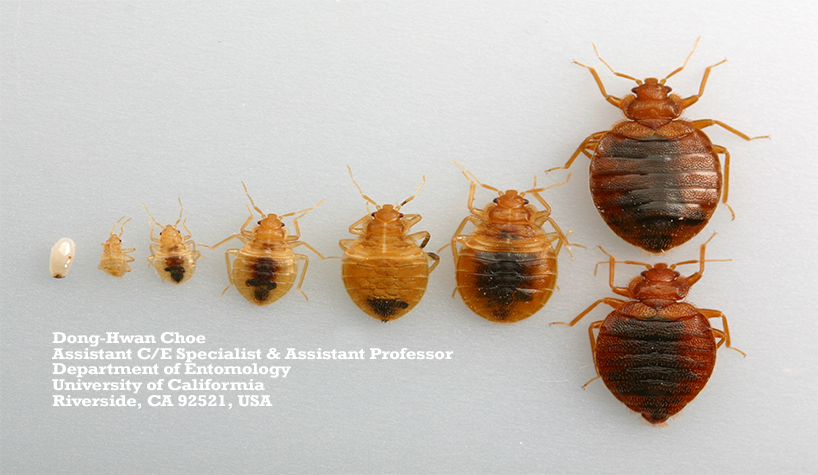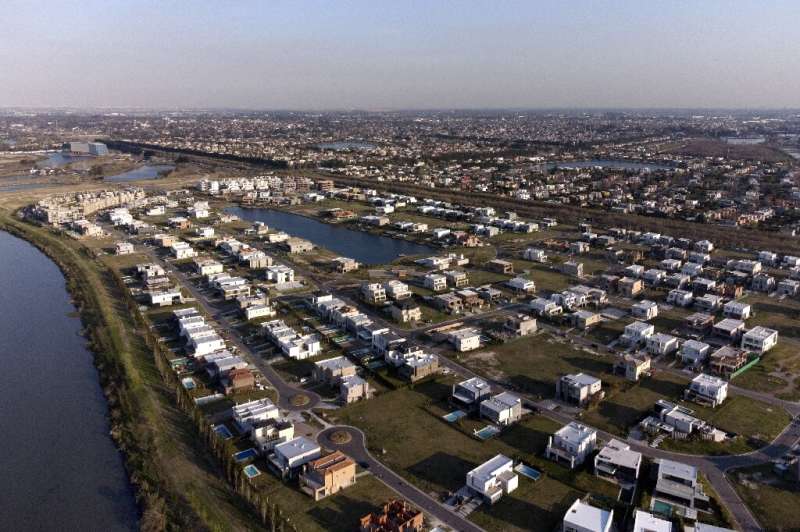Credit: CC0 Public Domain
In the course of evolution, animals have adapted to the special requirements of their local environment in order to increase their chances of survival and reproduction. This also applies to various aspects of the sensory systems that enable species to perceive their surroundings. In the case of the visual system, these adjustments have shape features such as the positioning of the eyes and the relative visual acuity of different regions of the retina.
However, knowledge about the functional evolution of visual systems in mammals has remained relatively sparse. “In the last 10 or 15 years the mouse has become the preferred model for studying the processing of visual information,” says Professor Laura Busse from the Department of Biology II at the Ludwig Maximilians University (LMU) in Munich. “This is a somewhat surprising development when you consider that these rodents mostly perceive the world through their whisker system and their smell.” However, it is known that color vision in mammals has an impact on the ability to find food, avoid predators and choose mating partners.
“We noticed that we don’t really know how mice visually perceive their natural environment,” says Busse, member of the supraregional Collaborative Research Center (SFB) 1233 on the subject of ‘Robust Vision’. The term “robust” here refers to the fact that animals (including humans) can draw inferences from limited visual information even in constantly changing environments. Busse decided to close this gap by examining the visual input and the processing of neural signals in mice. “In collaboration with Professor Thomas Euler from the University of Tübingen, the coordinating university of the SFB.
Map the environment as it would appear to a mouse. (The UV channel is colored blue.) Source: Yongrong Qiu, Euler Group
A camera that captures the view of the mouse
Mice are dichromatic – in other words, they have two types of cone cells (the photoreceptors that are responsible for color vision) in their retinas. These cells recognize electromagnetic radiation in the green and ultraviolet range of the spectrum, centered on wavelengths of 510 nanometers (nm) and 350 nm respectively. “We wanted to know which color information is available to mice in their natural habitat and whether the distribution of these colors is functional Can explain properties of the neural circuits in the mouse retina, ”explains Busse.
Together, the teams in Munich and Tübingen set out to develop an inexpensive open source camera that, unlike conventional cameras, specifically covers the green and ultraviolet spectral ranges to which the mouse retina is sensitive. To make it easier to use in the field, the handheld camera is equipped with a gimbal that automatically aligns the picture frame and thus avoids sudden, unwanted changes in perspective.
The researchers used this camera to map the environment as it would appear to a mouse at different times of the day in fields that clearly showed signs of its presence. “We knew that the upper hemisphere of the mouse’s retina, with which they can see the sky, is particularly sensitive to UV light,” says Busse. “The lower half of the mouse retina, which is normally aligned with the ground, shows greater sensitivity in the green area. The team confirmed that these two spectral ranges closely match the color statistics of the natural environments preferred by mouse populations. This adaptation could be a result of evolutionary processes – and help the animal, for example, to perceive birds of prey in the sky and to avoid them. Experiments with artificial neural networks that mimic the processing properties of cone cells in the mouse retina confirm this assumption.
‘The Focea’: A region of improved vision in mice
More information:
Yongrong Qiu et al., The Statistics of the Natural Environment in the Upper and Lower Visual Fields Is Reflected in the Specializations of the Mouse Retina, Current Biology (2021). DOI: 10.1016 / j.cub.2021.05.017 Provided by the Ludwig Maximilians University of Munich
Quote: Open source camera system depicting natural habitats as they appear to rodents (2021, July 2), accessed on July 2, 2021 from https://phys.org/news/2021-07-open-source-camera -images-natural- habitats.html
This document is subject to copyright. Except for fair trade for private study or research purposes, no part may be reproduced without written permission. The content is provided for informational purposes only.






